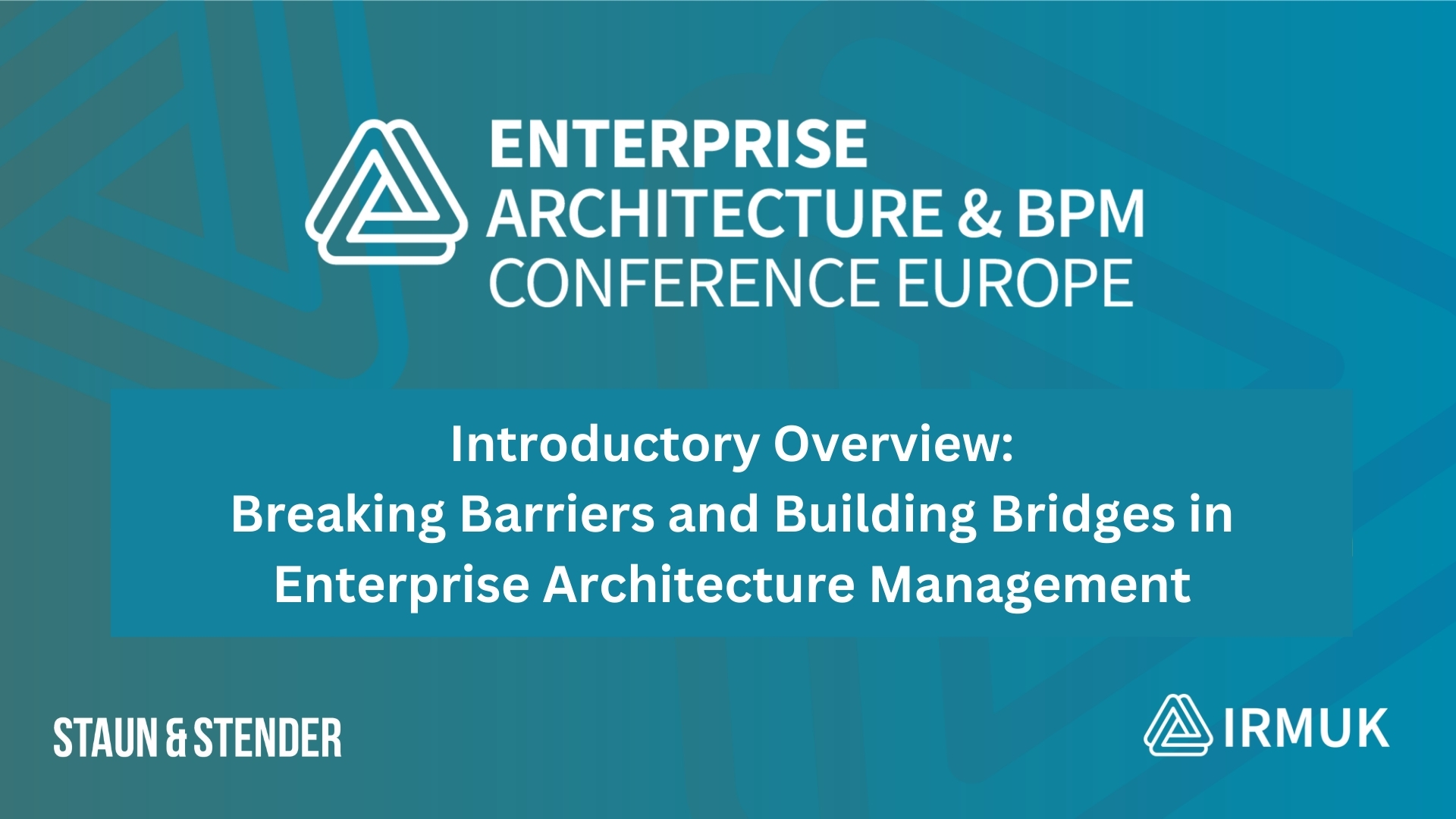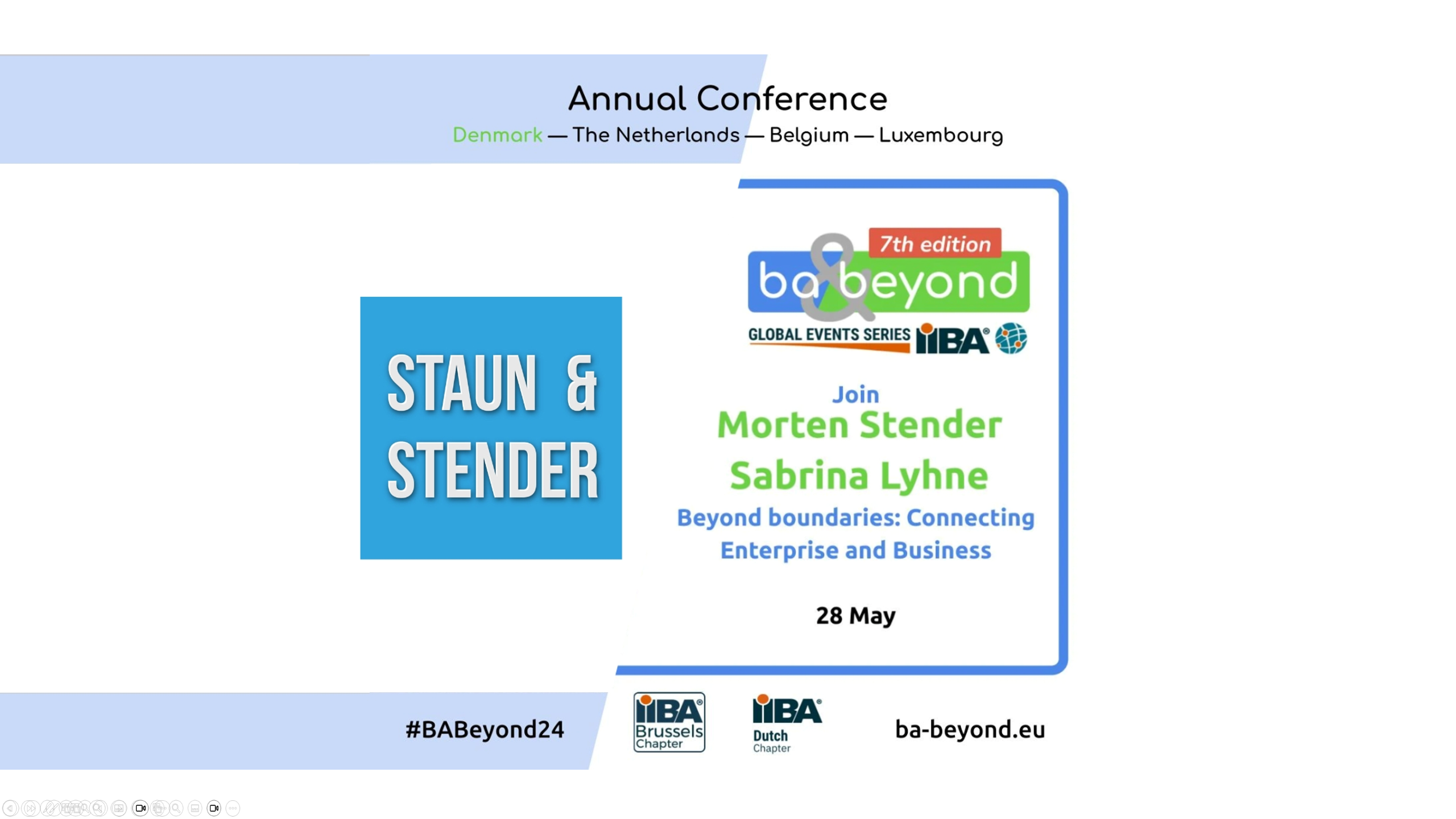- September 27, 2023
- 11:46 am
The Big Question - Enterprise Architecture Tool or not?
Within Enterprise Architecture Management (EAM), we often see posts on choices such as:
- No tool or Tool?
- Modelling or Management?
- to Buy or to Build?
- Low-Code or No-Code?
- Etc.
It is always interesting to address things as black and white, and it makes us start thinking: what about grey-zones? why not a balance? isn’t EA just about the right balance?
When looking at the practice and tooling of EA in general, we see a big divide between modelling and management, however, even if we ignore this separation, it no longer makes sense to talk about the need to have a tool. The EA practice is simply so evolved over the last decade that a much more coherent view of modern EA has been established – it is apparent you do need a tool. We may, however, discuss Buy or Build?
And this also reflects the clash between a generation of “former” tools (most are still within the EA quadrant) where architects were supposed to do stuff, even though almost any other architect in similar position in another company would have to learn and do the same within such an EA tool. I often refer to these tools as “case tools”, as these tools are enormously rich in features and functionality, they can allow you to build a shop of dinosaurs, a record-collection app, and equally an EA app – it just takes time to make it work, make it look good, make it easy to use, perform well on web, and provide decision support.
And the main challenge/advantage of this decade of tools remain the same, those who are good to tweak the tool are not necessarily the same as those who are good at UI; and those who are good at UI are not necessarily the best for knowing the practices. So, this type of tool requires a team contribution, a strong EA team that work together with practice and supplementing skills to drive outcomes. This is not a task for a young-hire from university on his/her own!
However, with the right team and the right tool, this choice will generate the most awesome solutions in market space; these are the pioneers when working well; they are the front figures for the next generation of solutions to be inspired by. However, most people starting in EA happen not to have such a situation – they they will have a hard time to climb the staircase to success, impact, and adoption.
The new generation of tools, predominantly outside the EA quadrant (!) are simpler, web-based, model-driven, and much more supporting the common use-cases out-of-the-box! This takes away the difficulty of EA, you no longer need to define and build your EA app from a “case-tool”, you have it right in front of you as a web service as the practice of EA has been captured as “commodity” and now becomes out of the box.
This new generation of EA tool is a clearly a “build” by vendor, “buy” by consumer, but with an enormously rich set of options that allow each customer to adopt it differently. It is what J.W.Ross et all (MIT CISR; “Let your digital strategy evolve”) refer to as “information-enriched solutions that engage customers in a seamless, personalized experience”; something that live in the intersection of what “customers want and what is possible”. Not every customer will know this, but catalysing ideas from more sources with a vendor-based development approach, we can offer new digital ways to conduct EA practice. This is what we apply with Next-Insight.
To summarize this turning point where EA becomes commodity. The practice around how we deal with SAFE, how we deal with capabilities and value streams, how we deal with applications portfolio, data quality etc. that is something you can buy out-of-the-box today. If you happen to be in a special field where it differs significantly, try to consider a case-tool with a strong team, but for majority, try to consider the quick path up the stairs, that is what we can help you with. Summarising the three stages:
Ad-hoc – No tool – the past:
- There is no case-tool or EA tool
- We try to live with what exists in PPM/PMO Tool, service management tool, BI, etc.
- We hardly know what EA means
- Digital is not important for us, we believe the business will not change, in the next 5 years
- We prefer to talk future using visios, powerpoints, etc.
- In this case, relationships are not re-used, elements are not re-used, it is just hard work not being able to keep it up to date
Case tool era - yesterday:
- Now there has been an investment in an “EA tool”, but it takes time to bring it from model to web, from boiler templates to adoption.
- This will require effort to integrate, model, construct the right meta-model with right parameters and limit redundant relationships. Analytics and visuals for senior stake-holders take time to nail (whether graph database or not). Add-on governance and interaction for data stewards is time-consuming (questionnaire engines or not). Making it look good, be responsive, is just another effort.
- Teams will typically be successful in this, individuals will loose. It is the organisational change that will determine the impact and result.
- I this case, diagrams and data may have challenges being exchanged, but data is re-used, the cutting-edge solutions are pioneers for the next era. Even today, the world’s leading EA solutions evolve here.
Digital tool era – what’s next?
- More is less. Now the common use-cases are included at start, out-of-the-box.
- Limited effort for few people, but success still depends on the organisational usage and implementation.
- Teams, even small teams, can be very successful in the short run.
- With modern EA tools built on low-code, such as Next-Insight, you gain the always upgraded and inclusion of new features out-of-the-box.
- Benefits:
- Information model exists with portal already upfront.
- Repository is always updated – the single source of truth.
- User-interface is always updated, modern and responsive to support ease in use.
- User-interaction is always web-based – no remote desktop things.
- Strong visualisations exist out of the box, usage on-demand, data-driven, supporting your data set.
–
If you want to learn more about modern EA practice, understand the talk of “value” within EA, avoid the common barriers, visit our next training:
- Visit the IRM EA Conference in London; class room training, October 9
If you want to have a sneak-peak to a leading digital tool for EAM:
- visit Next-Insight and request a demo session
If you want to have guidance and advisory on how to start with EA? Do you need a tool? How to get the processes and practices in place first, don’t hesitate to reach out at info@staunstender.com!



